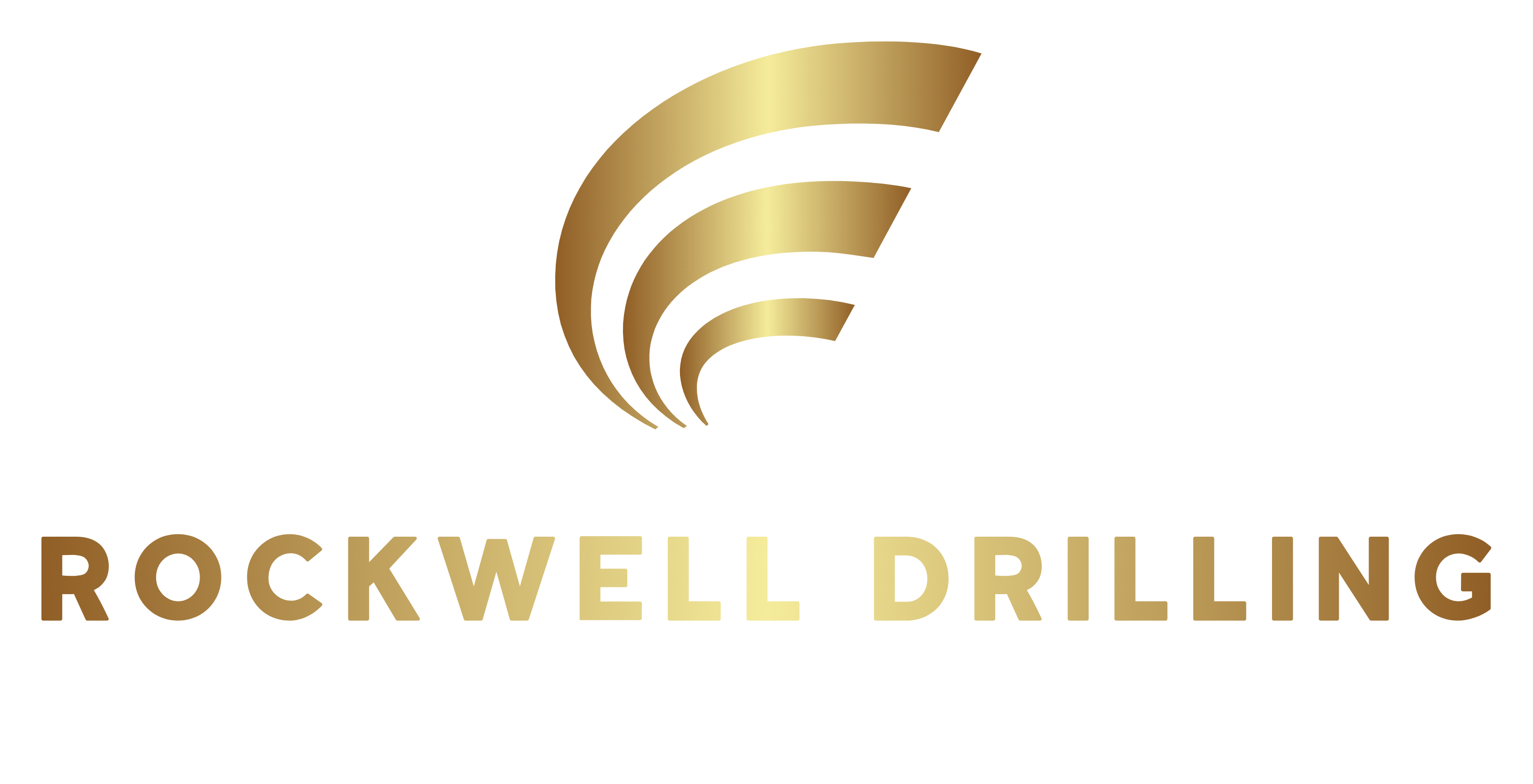Borehole Water Desalination Services
Borehole Desalination
Desalination is the process of converting saltwater into freshwater, typically for drinking, irrigation, or industrial use. It's done by removing salt and other impurities from seawater or brackish water, commonly using either distillation or filtration methods.
Key aspects of desalination:
- Methods:
- The most common methods are reverse osmosis (RO) and distillation.
- Reverse Osmosis (RO):
- This method uses high pressure to force saltwater through a semipermeable membrane, separating water molecules from salts and other impurities.
- Distillation:
- This involves heating saltwater, vaporizing it, and then condensing the vapor back into freshwater, leaving behind the salt.
- Brine:
- A concentrated byproduct of desalination, also known as brine, is a byproduct that must be disposed of safely, as it can negatively impact marine ecosystems.
- Energy Intensive:
- Desalination is a significant energy consumer, and the energy source used (e.g., fossil fuels vs. renewables) can impact its overall environmental footprint.
- Cost:
- Desalination can be expensive due to the energy requirements and the technology involved.
- Applications:
- Desalination is used in water-scarce regions around the world to provide freshwater for various purposes.
- Alternatives:
- Desalination should be considered alongside other water management strategies, such as water conservation, water reuse, and water rationing.

